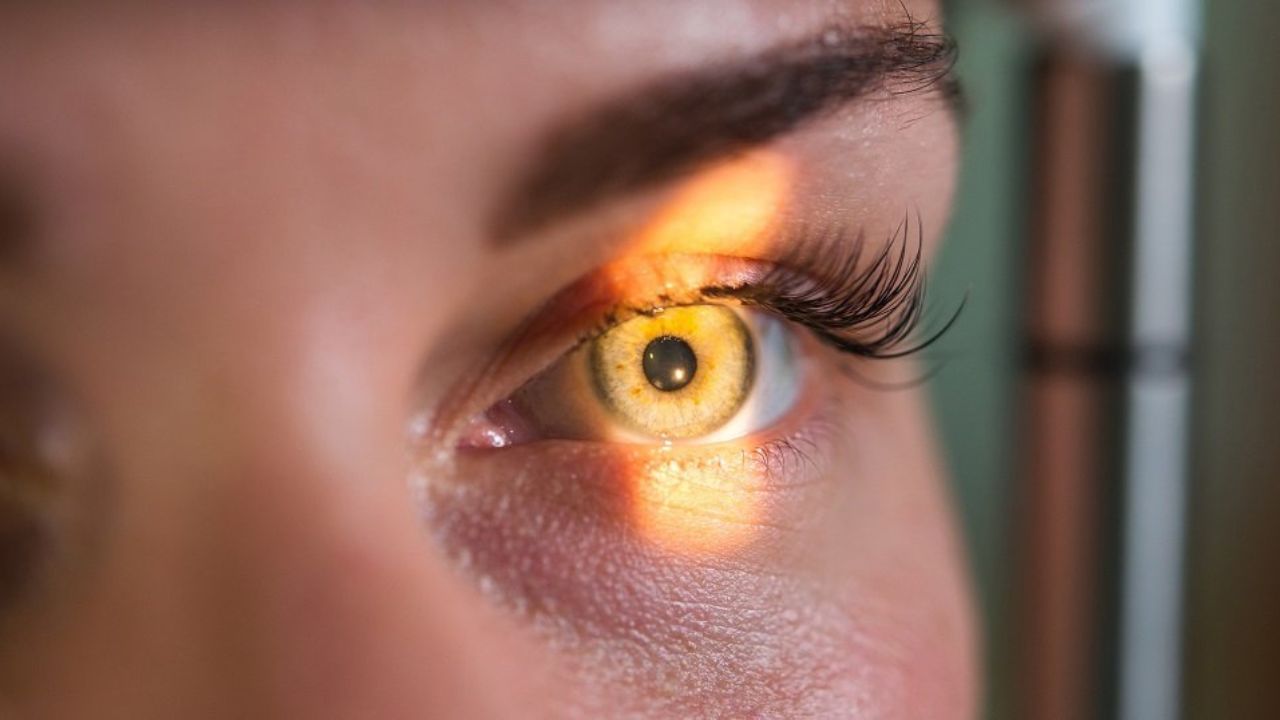Despite being the second biggest cause of blindness in the world, glaucoma frequently goes untreated and affects the optic nerve in the back of the eye, causing vision loss. The reason it is frequently referred to as the “silent thief of sight” is that patients frequently are unable to recognize the disease until it is too late because symptoms typically do not manifest until the condition has advanced significantly and there has been a noticeable loss of peripheral and gradual vision.
Age, nearsightedness, family history, eye injury, certain eye procedures, and medical problems like diabetes and high blood pressure are some of the risk factors for glaucoma. According to the World Health Organization, 12 million individuals in India alone are plagued by glaucoma, which accounts for 4.5 million blindness cases worldwide, or about 10% of the global population.
When fluids produced by the eyes cannot exit through the trabecular meshwork, which is situated between the cornea and iris, the channel becomes blocked, which leads to the development of glaucoma. As a result, fluid builds up inside the eye and intraocular pressure (IOP) rises. This can compress the optic nerve and prevent light from being converted into nerve signals. This might cause visual abnormalities or even vision loss if untreated.
Open-angle and closed-angle (or narrow-angle) glaucoma are the two basic kinds of glaucoma. Even though the angle is unobstructed, open-angle glaucoma develops when the eye’s fluids are unable to adequately drain from the anterior chamber. This particular form of glaucoma is known as the “silent thief of sight” because it frequently causes slow vision loss without any symptoms. On the other hand, closed-angle glaucoma happens when the drainage canals are blocked, preventing the fluids in the eye from being properly drained. As a result, fluid accumulates and the intraocular pressure rises (IOP). Closed-angle glaucoma can result in abrupt vision abnormalities like fuzzy vision, haloes around lights, and poor night vision, although being less prevalent than open-angle glaucoma. If not treated, it could result in complete and irreversible blindness, thus prompt management is essential.
Identification and treatment
The majority of glaucoma exams are quick and painless. Your eye doctor will assess your vision throughout the examination and use drops to dilate your pupils so they can inspect your eyes. Your optic nerve will be examined for any glaucoma symptoms, and photos may be taken to document any changes over time. In order to establish whether you have lost any peripheral vision, they will also do a visual field test and a tonometry exam to evaluate your eye pressure. In order to aid in the diagnosis of glaucoma, your eye doctor may request specialized imaging examinations of your optic nerve.
It’s crucial to understand that glaucoma does not always follow from having higher-than-normal eye pressure. While some people with elevated eye pressure may not have glaucoma, others with normal eye pressure may nonetheless get the disease. Ocular hypertension is the term used when there is high pressure but no damage to the visual nerve. Your doctor would advise routine eye exams to check on your condition if you are diagnosed with ocular hypertension. Regrettably, any harm brought on by glaucoma is permanent. Nonetheless, it is feasible to slow down or stop additional vision loss with the right care and routine checkups, particularly if the condition is discovered in its early stages.
By reducing intraocular pressure, glaucoma is primarily treated. Several procedures, such as prescription eye drops, oral drugs, laser therapy, surgery, or a combination of these, can be used to achieve this. Based on the degree and progression of your glaucoma, your eye specialist will choose the best course of therapy for you. Also, regular examinations are required to track your eye pressure and the success of your treatment.
In comparison to wealthy nations, glaucoma awareness is much lower in developing nations like India.
Glaucoma cannot advance without an early diagnosis and prompt treatment. Some of the blindness brought on by glaucoma can be prevented by educating people about the condition. The prevalence of this illness is on the rise, and it is the main global cause of avoidable blindness. Yet, glaucoma can be stopped from inflicting irreparable harm. People will be better prepared to adopt preventative actions and seek ophthalmic care to slow the progression of the condition as they become more knowledgeable about glaucoma and its risk factors.

 हिंदी
हिंदी






